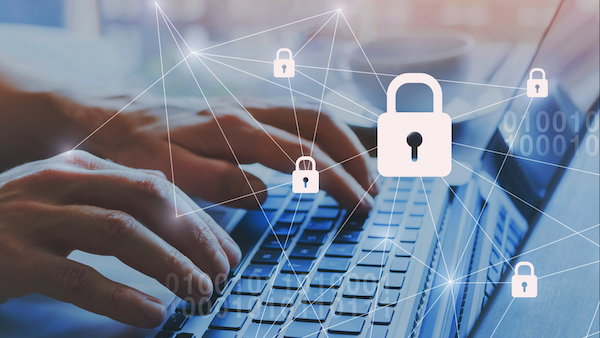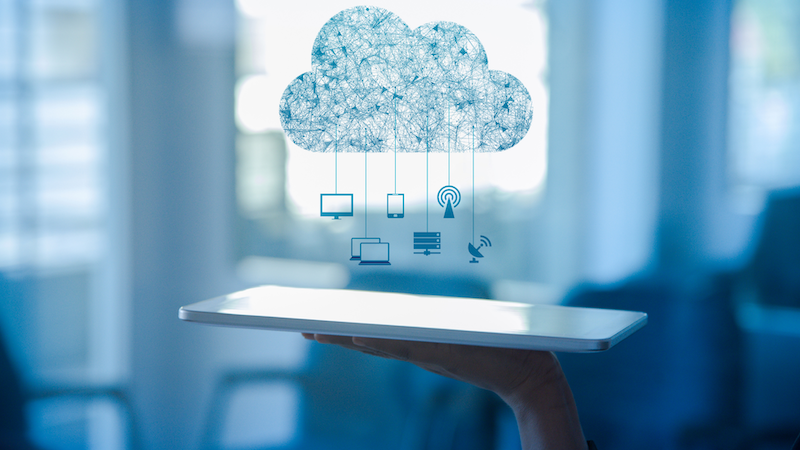Four Security Considerations When Moving to the Cloud

The cloud represents vital technology for businesses of all sizes. With so many benefits in performance, security and cost efficiency, the cloud has become the future of the business landscape. But while the cloud has many security advantages, there are also a lot of considerations needed.
After all, as with any migration strategy, maintaining high standards of security is vital to ensure that the process of moving to the cloud is successful. Making sure that you don’t slip up on this can be the difference between having robust and all-encompassing security and creating vulnerabilities that could put your organisation at risk.
In this article, we’re going to go over four different security considerations that you should make when moving to the cloud – as well as how you can get started in ensuring that your business has a great security strategy today.
1. Implementing Robust Encryption Protocols
While cloud services will have robust security for storing your data, transporting it is a different story. During transportation, your data is vulnerable and will need to be protected.
Encryption is the best method for this. It scrambles all your data and makes it inaccessible without the key to decipher it – so anyone who manages to get your data during transit will not be able to access it without said key. It’s another layer of security to ensure your data can’t just be snatched during the migration process.
On top of this, encryption is still useful afterwards too. It stops your data from being accessed in the case of a breach, as the information will still be encrypted and inaccessible. This means that you have another layer of security in place.
Moreover, many data protection and compliance regulations require you to use encryption to store sensitive information, to ensure that it remains secure. So if you haven’t already, you need to start looking at encryption and using it within your organisation, not least in your cloud implementation post-migration.
2. Strengthening Access Control Mechanisms
Even if your security protects you from direct attacks, your organisation may still be at risk from social engineering and other access-based attacks. After all, if someone bypasses your access control mechanisms, they’ll gain entry to your whole organisation.
So you must strengthen these processes to ensure they’re tight and strong enough to stop breaches and attacks. This means using robust tools that offer the option of multi-factor authentication and allow you to implement zero-trust access control policies. This will help to ensure that your data remains secure in every possible way.
Tools such as Microsoft Entra ID (formerly Azure Active Directory) work as an identity management system. Entra ID enables you to manage who has access to your system. It facilitates processes such as single sign-on and multi-factor authentication to ensure that your business can keep any unauthorised personnel away from your data.
3. Establishing a Continuous Monitoring System
In the modern world, you need to be proactive when dealing with threats towards your organisation. Otherwise, you risk failing to catch newer threats that could be too fast or too far under the radar.
A continuous monitoring system will let you remain proactive while also having more information about your organisation’s security posture. It enables you to create an all-encompassing security monitoring strategy that will strengthen your defences. This will also let you identify smaller problems and prevent them from becoming threats.
By using a continuous monitoring system to protect your organisation, you also give yourself more efficiency and faster response time. You can use the monitoring system to track IT performance within your company and use that information to make the whole process more efficient and effective.
Ultimately, using continuous monitoring will let you create a centralised system. This can take care of all monitoring within your business, ensuring there’s a central point where you can take proactive measures against potential threats.
4. Decommissioning On-Premises Servers Correctly
When migrating to the cloud, you’ll need to decommission your organisation’s on-premises server hardware to ensure that it’s removed from your system correctly. Failure to do it the right way can leave gaps in your security.
First plan your decommissioning strategy and create a list of tasks:
- Data Backup: This is vital to ensuring that your data is safe in case of issues during transit.
- Data Transfer: This is the process of actually transferring data from your on-premises system to the cloud.
- Software Removal: The next step is to uninstall all applications and services running on the server. Ensure that all software is uninstalled correctly and without any issues.
- Account Removal: Next, you’ll need to remove all user accounts securely. By not doing so, you can risk credentials being accessible on the hardware – causing problems in the future.
- Data Wipe and Disconnect: The final step is to wipe the data from the drive, power down and disconnect. This will ensure that you don’t leave any data on your system that could be extracted and used in the future. It will also let you disconnect your hardware from your system.
By following these steps, and making sure that you work with a trusted provider, you can ensure that your cloud migration goes smoothly.
How PSTG Can Help
Cloud migration is essential in the modern world but it’s a process that requires a lot of forethought. Regarding security, there is a multitude of steps needed to ensure that the migration process goes as smoothly as possible.
If you’re looking to get started with cloud migration but don’t know where to begin, or you just require assistance along the way, contact Microsoft Gold Partner PSTG. Our experts can advise you to ensure that your cloud migration is smooth and successful.



